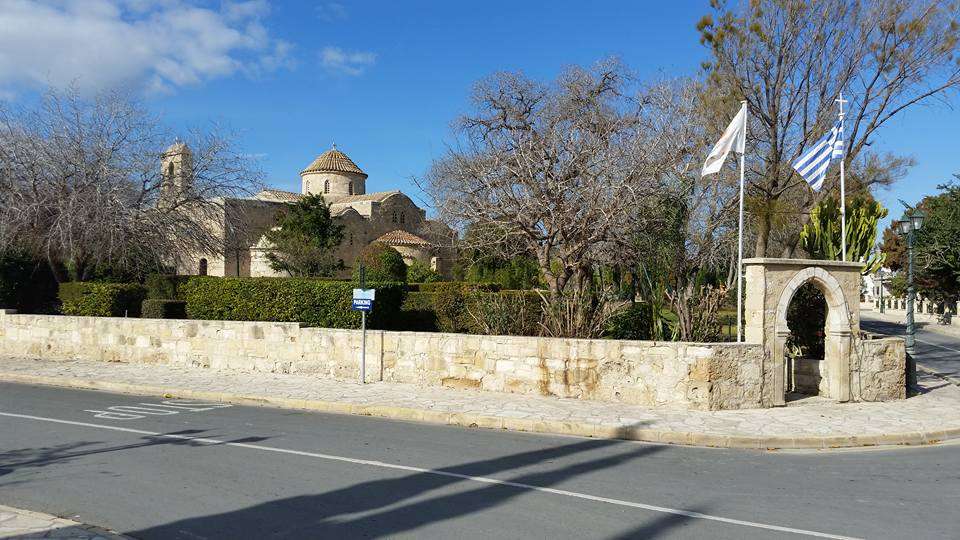Kiti
It does not have to envy any of the big cities!
Kiti is a village in the Larnaka district, which is about 11 km away. Kiti is built on the coastal plain of Larnaka, at an average altitude of 20m. The area of the village is divided by the river Tremithos that flows to its west.
The location of Kiti is excellent with unlimited beauty and view of the sea, which is away from the community around 5-6 km. It covers an administrative area of about 11 square kilometres.
To the northeast it is connected with Dromolaxia as well as with the village of Meneou, in the northwest with the village of Tersefanou, in the southeast with the village Pervolia and in the southwest with the village of Softades.
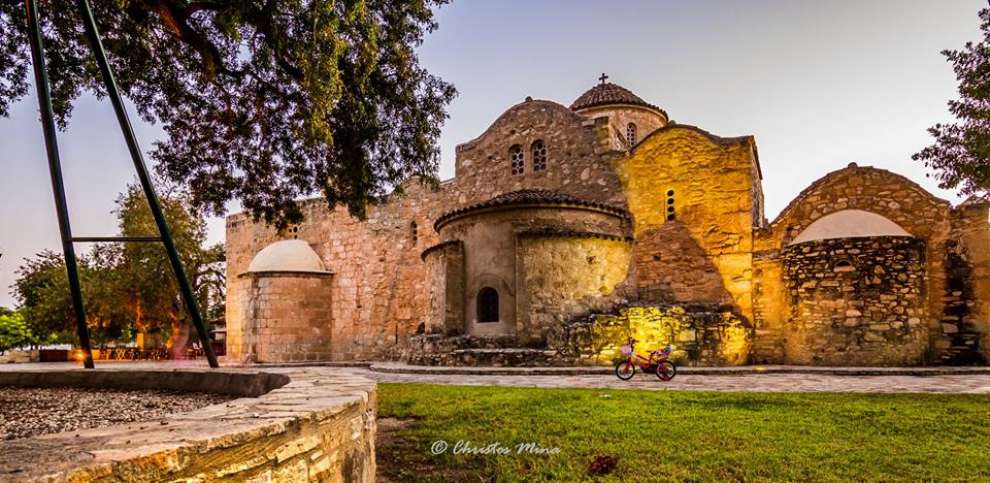 Photo: Christos Mina
Photo: Christos Mina
The name of the village:
The village of Kiti took its name from the great state of Kition, which was only six miles east of the city, in the city of Larnaka today.
Historical data:
It is believed that the village was built by the inhabitants of Ancient Kition when they abandoned it during its decline and resorted to the fertile land of Kition, to which they gave the name of their old homeland.
As an organised community, it began operating in the 3rd or 4th century A.D.
According to archaeologists, in the valleys of the Tremithos river that crosses the Kiti community, they have been able to see pre-neolithic traces of life without any excavation activities being carried out. It is noteworthy that tombs dating back to the Late and Middle Bronze Age, around 1900-2000 B.C., were discovered at random on the Tremithos river. On the west bank of the Tremithos River, a half destroyed section of a mediaeval bridge is preserved, which is supposed to be a 15th century building with Lusignan coats.
Kiti existed during the Byzantine period, which is testified by the temple of Panagia Aggeloktisti. As N.G. Kyriazis states, Kiti was a house of "de plaisance". The last owner of Kiti from the Lusignan family was Charles Lusignan.
During the Venetian period, Kiti was part of the Aradippou conquest with nine other villages. During the Franks, Kiti and Nikitari belonged to the noble Frankish family Flatro, which kept their feuds up to the 16th century. During the Ottoman domination, Cyprus was divided into 16 provinces. The Larnaka province included 48 villages, including Kiti.
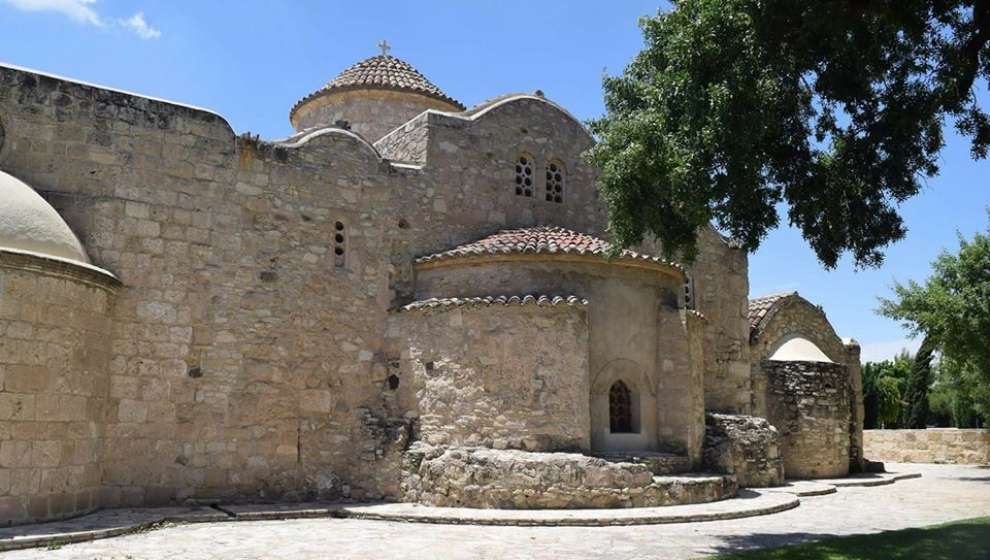 Photo: Kyriaki Gregoriou
Photo: Kyriaki Gregoriou
Churches and Attractions "Kiti Today":
In Kiti for 1500 years, the main church was the 11th-century Panagia Angeloktisti. However, in order to meet the needs of the village's faithful who did not fit in the temple, the church of St. Kyriakos of the Departed was built in the village. The temple was completed on 20/3/2007 and its inauguration took place on 28/9/2007, since then the two churches of the community have been operating normally.
In addition, there are several chapels in Kiti, such as the chapel of Saints Anargyri Kosmas and Damianos, a building that is believed to be 12th century. It is also probable that the temple originally had a cemetery character, after graves were found there. Notable is the Latin chapel on the southern side of the village, which belonged to the famous Gibelet family, which was built sometime in 1302.
The chapel of St. Thomas is located in the cemetery area. A building that dates back to the late 19th century. Finally, the chapel of Archangel Michael built in the 19th century.
Among the sights you will encounter in the community is the Tower of Kition, which dates back to the Venetian occupation of the island and the old dam of 1960-70. There are five beautiful community parks in the Kiti village and the old Girls' School which has been declared by the Department of Urban Planning as a listed building.
It is worth noting that in 2001 a new elementary school started to function in the community, while the Gymnasium was built and started operating in 1991. Finally, since 2003, Kiti Industrial District operates in the community.
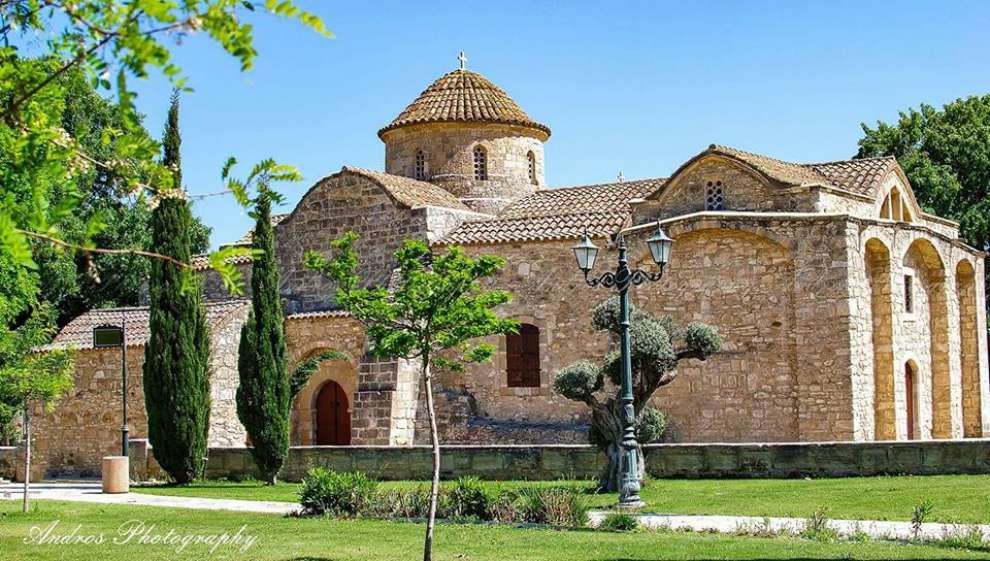 Photo: Andros Photography
Photo: Andros Photography
Population:
The population of Kiti has grown in all its years of existence. More specifically, in 1881 the inhabitants of Kiti were 673. It decreased to 567 in 1891. While in 1901 they increased to 581.
In 1911 they rose to 657, 1921 to 682, 1931 to 796. In 1946 it was 949, and in 1960 it was 1080. In 1973 they reached 1161 and 1379 in 1976. With the creation of the refugee self-housing community the population increased in 1982 to 2109. According to the 2001 census, the population of Kiti was about 3354 inhabitants.
Crops and Products:
In the past years, the main occupation of the inhabitants was agriculture and less livestock farming. Wheat, barley, pomegranates, chickpeas, watermelon, beans, cabbage, citrus, cotton and artichokes were grown in the area.
Today artichokes, potatoes, courgettes, tomatoes, gherkins, watermelons and carrots are grown in the area of Kiti. Grains, fodder plants and few fruit trees are also grown. Livestock is also developed in the village.
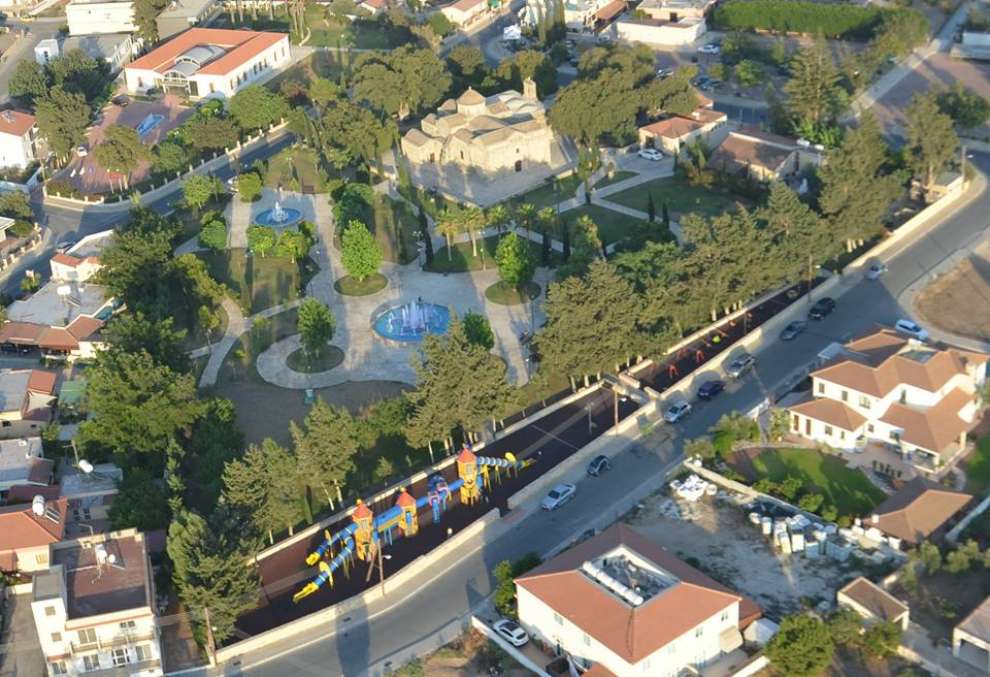 Photo: Κοινοτικό Συμβούλιο Κιτίου
Photo: Κοινοτικό Συμβούλιο Κιτίου
For the map of the area, click HERE

 English
English
 Ελληνικά
Ελληνικά Русский
Русский